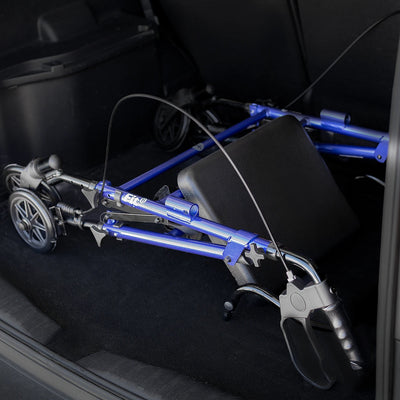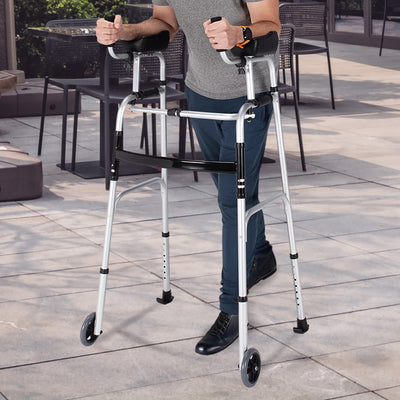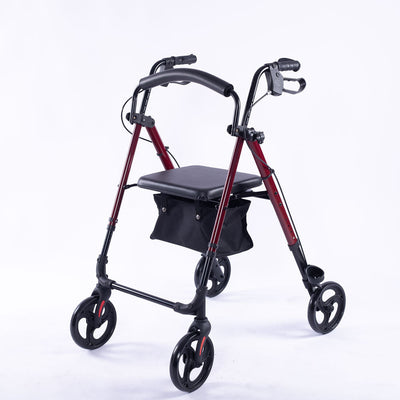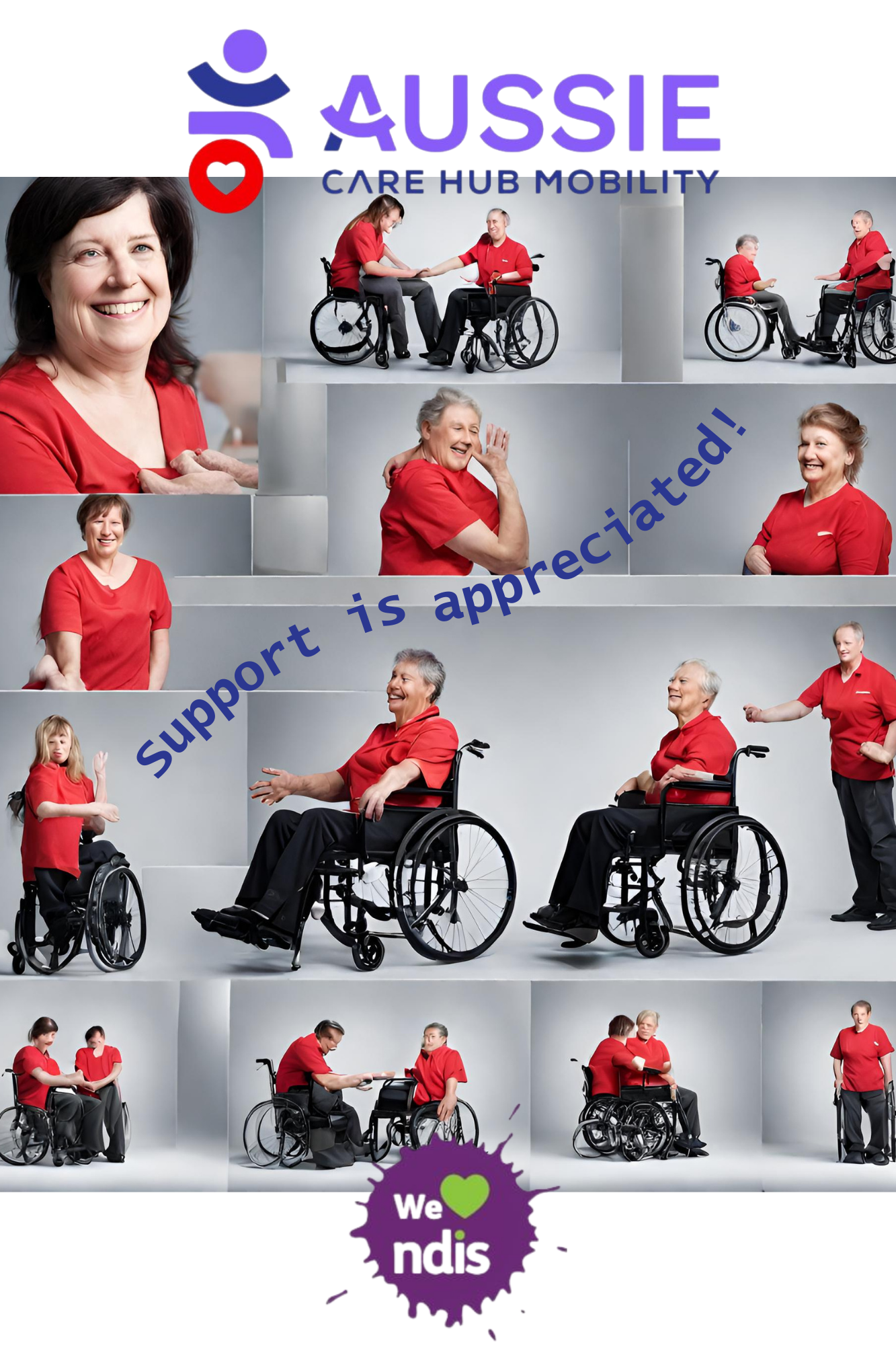Mobility aids for children play a crucial role in helping young ones with physical disabilities or developmental delays gain independence, confidence, and freedom. Whether it’s walking, exploring, or just playing with friends, mobility aids are designed to support children's movement and empower them in everyday life.
In this beginner’s guide, we’ll explore how mobility aids work for children, the common challenges families face, solutions that truly help, and how Aussie Care Hub Mobility can support you and your child on this journey.
What Are Mobility Aids for Children?
Mobility aids for children are specialized devices that support physical movement. They’re tailored to a child's size, weight, and unique medical needs. These aids can range from basic walkers to advanced wheelchairs and posture-supporting equipment.
Some common types of mobility aids for kids include:
-
Walkers and gait trainers – Help children who can walk but need balance support.
-
Wheelchairs (manual or powered) – Offer mobility for children who cannot walk independently.
-
Standing frames – Encourage upright posture and help with bone development.
-
Canes and crutches – For temporary injuries or mild balance issues.
-
Adaptive strollers – For younger children or those needing support on the go.
Each aid serves a different function and is chosen based on the child’s diagnosis, abilities, and growth stage.
How Do Mobility Aids Work?
Mobility aids work by compensating for physical limitations. For example, a gait trainer supports a child’s trunk while allowing leg movement, helping with walking practice. A wheelchair gives mobility to children with limited or no leg function. Most modern mobility aids are designed with ergonomics and comfort in mind, ensuring safety and adaptability as a child grows.
Here’s how mobility aids help:
-
Support independence – Children can move around on their own in school, parks, or home.
-
Improve physical development – Aids encourage activity, which helps with muscle strength, coordination, and joint function.
-
Enhance social interaction – Being mobile allows children to interact with peers, boosting their confidence and emotional health.
-
Assist caregivers – Mobility aids reduce the strain on caregivers and ensure safer movement for both child and adult.
Common Challenges in Using Mobility Aids for Kids
Using mobility aids for children isn’t always straightforward. Families often face emotional, physical, and financial challenges along the way. Some of the most common include:
1. Stigma and Social Anxiety
Children may feel different from peers, which can affect self-esteem. Parents also worry about how their child will be treated at school or in public.
2. Fitting and Comfort Issues
Mobility aids must be customized. An improper fit can cause discomfort or even long-term harm like posture problems.
3. Changing Needs Over Time
Children grow fast, and their needs change quickly. What fits today may not work in six months.
4. Costs and Funding
High-quality mobility aids can be expensive, and navigating insurance or funding programs can be complex.
5. Accessibility Barriers
Even with a great aid, families often struggle with home or community environments that aren’t mobility-friendly.
Smart Solutions That Help
Fortunately, many of these challenges can be addressed with the right approach, tools, and support.
✅ Custom Assessments
Always start with a professional mobility assessment. Occupational therapists or pediatric physiotherapists help determine the right equipment and fit for your child.
✅ Adjustable Equipment
Invest in aids that grow with your child—like adjustable walkers or wheelchairs—to reduce replacement costs and maintain comfort.
✅ Training and Support
Families benefit from guidance on how to use mobility aids safely at home and in public. Some suppliers, like Aussie Care Hub Mobility, offer demos and training to make the transition smoother.
✅ Inclusive Communities
Connect with local groups or schools focused on inclusive education and accessible environments.
✅ Funding Assistance
Look for suppliers that help with paperwork, NDIS funding, or alternative financing options to ease the burden.
How Aussie Care Hub Mobility Supports Families
At Aussie Care Hub Mobility, we understand that finding the right mobility aid for your child can feel overwhelming. That’s why we offer:
-
Expert guidance on selecting the right mobility aids for children
-
Adjustable and child-friendly designs tailored to individual needs
-
Trusted brands that meet Australian safety standards
-
Training and customer support to help parents and caregivers feel confident
-
Assistance with NDIS paperwork and funding so you can focus on your child, not the forms
Our mission is to make every child’s journey more mobile, more joyful, and more independent.
Tips for Parents Starting This Journey
If you’re just beginning to explore mobility aids for your child, here are a few helpful tips:
-
Stay positive – A mobility aid is a tool for empowerment, not a limitation.
-
Involve your child – Let them participate in selecting colors or styles when possible.
-
Practice regularly – Make the aid a normal part of life with consistent use and encouragement.
-
Talk to schools – Ensure the environment is accessible and inclusive.
-
Ask for help – Don’t hesitate to contact experts like Aussie Care Hub Mobility to guide you.
Final Thoughts
Every child deserves the chance to explore the world around them. Mobility aids for children are more than just devices—they’re keys to independence, learning, and happiness. While challenges exist, they can be overcome with the right information, support, and community.
At Aussie Care Hub Mobility, we’re here to walk with you every step of the way. Whether it’s your first time exploring mobility aids or you’re looking to upgrade, our team is ready to help.









